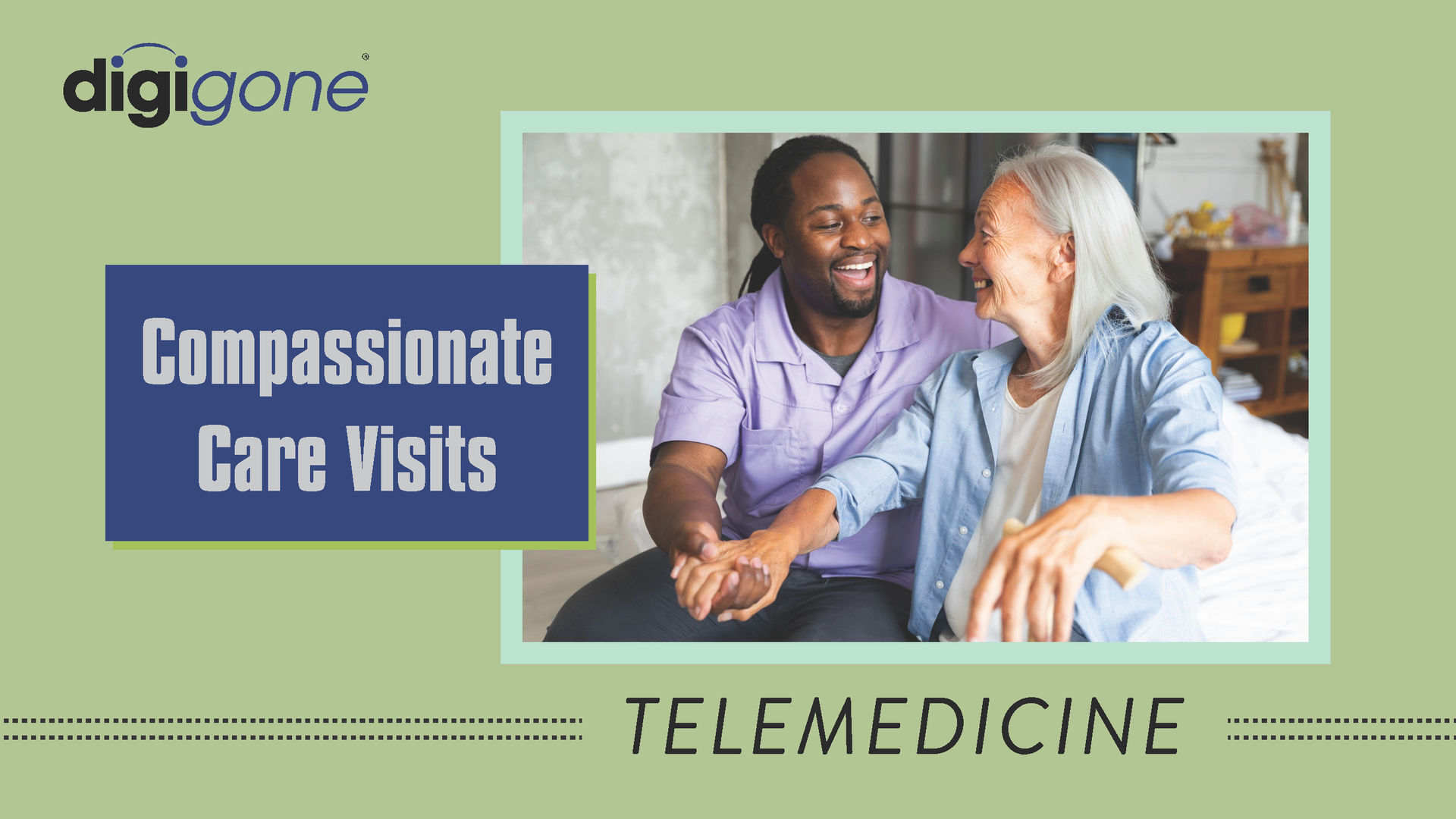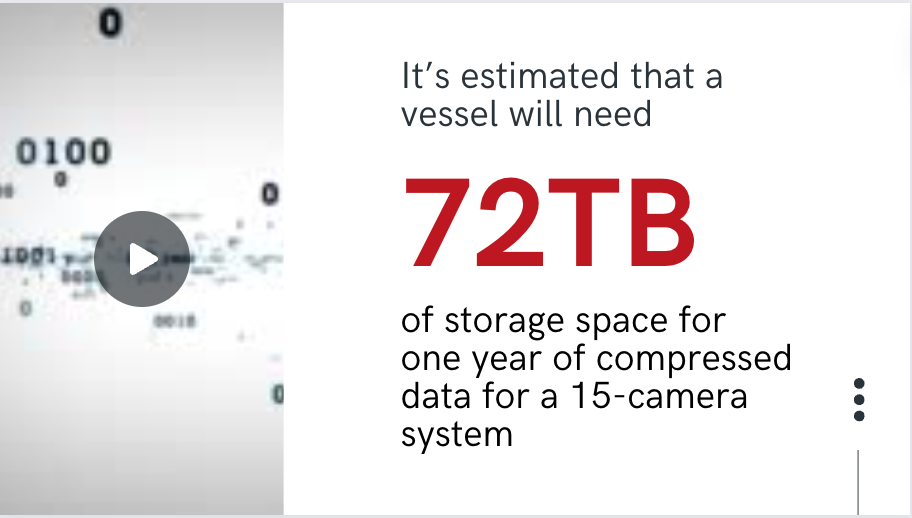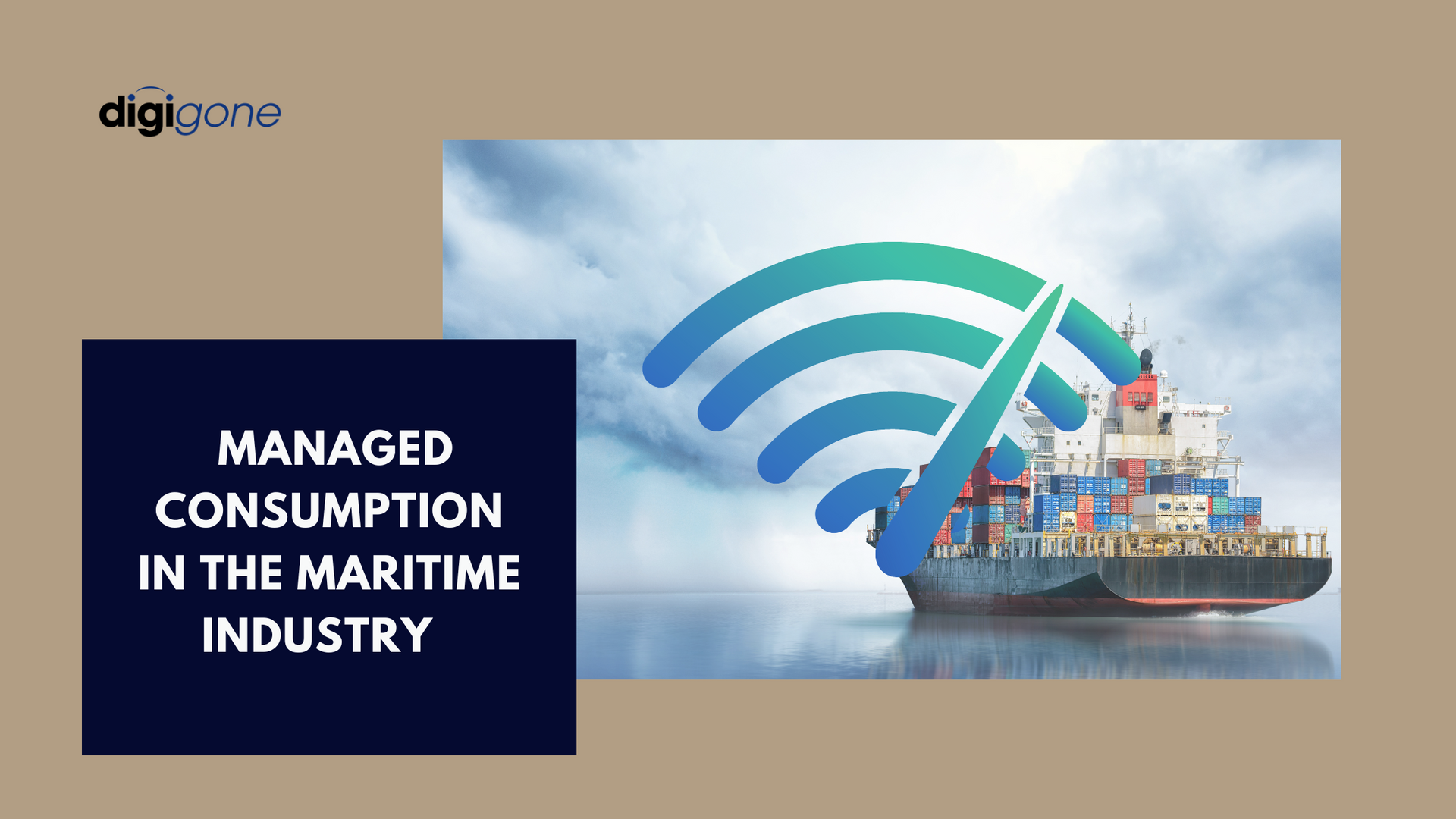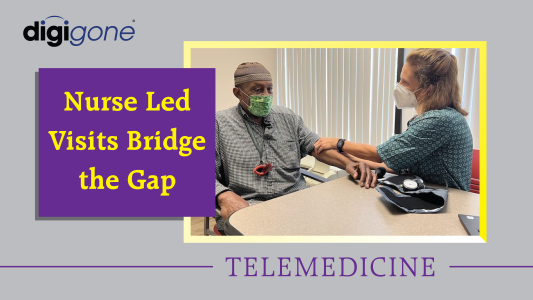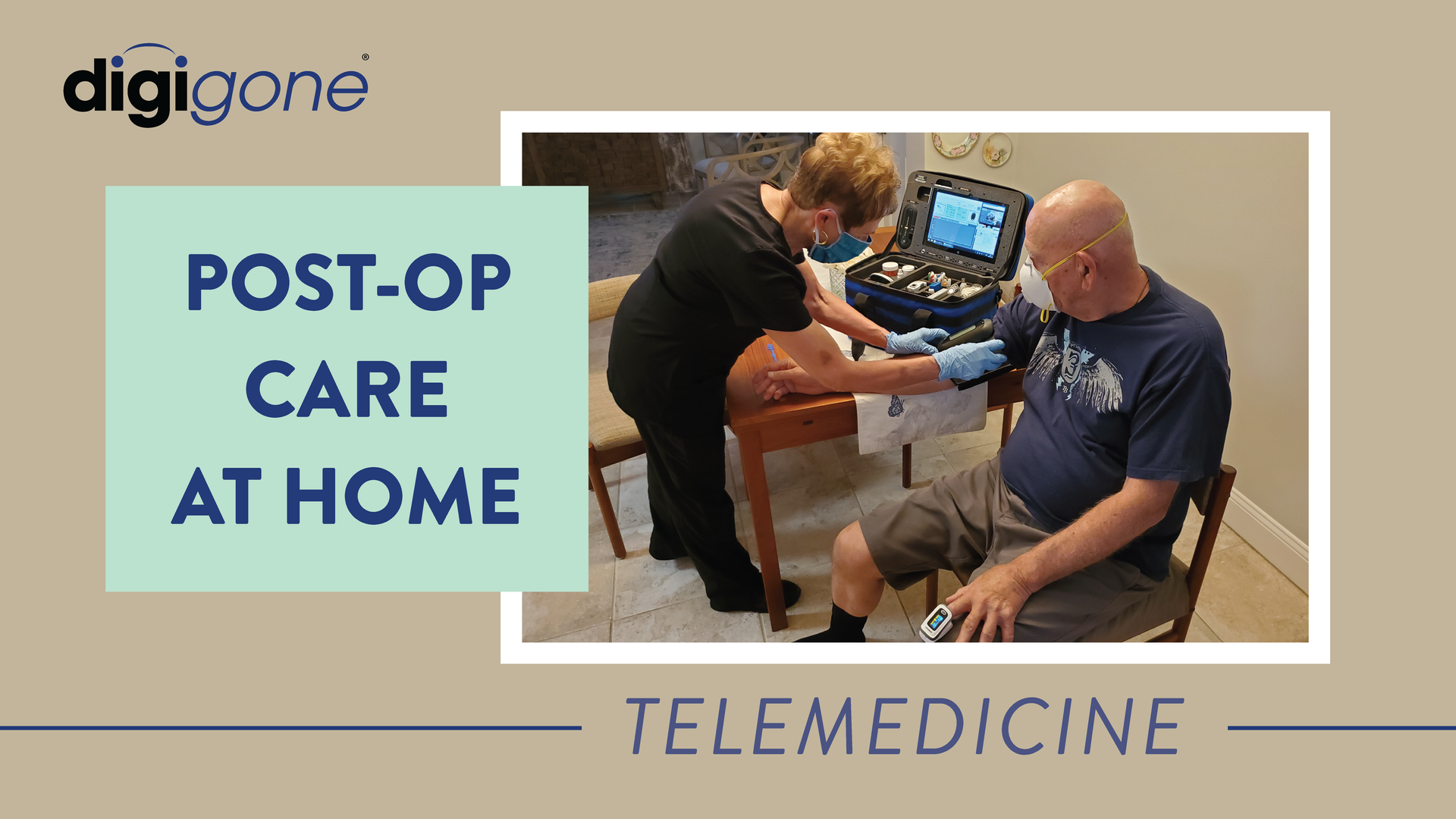The Revolution of Nurse-led Telemedicine in Home Care: Improving Access, Trust, and Cost Efficiency
Nurse-led telemedicine is redefining home healthcare
In the wake of unprecedented global health challenges, telemedicine has emerged as a beacon of hope, reaching patients in the comfort of their homes. Spearheading this change are nurse-led care at home visits, equipped with cutting-edge telemedicine kits. These visits are more than a mere technological marvel; they are a holistic blend of accessibility, cost efficiency, and the cherished human touch.
“While increasing disease burden and rising healthcare costs in the United States have already contributed to a boost in Care at Home services, the COVID-19 pandemic has created a catalyst to truly reimagine their future.”*
Reaching the Unreachable:
The transformative impact of telemedicine lies in its promise to transcend geographical and physical barriers. As the United States grapples with the remnants of the COVID-19 crisis, there's a pressing need to cater to an aging populace, many of whom grapple with multiple chronic conditions; have limited mobility, struggle with accessing health essentials, and overwhelmingly rely on hospital admissions for care. Yet, the advent of telemedicine kits offers the opportunity to receive quality care right at home. Be it daily physician consultations over telehealth, remote patient monitoring, or meal deliveries; Care at Home caters to a gamut of patient archetypes, from high-risk ones to the healthy and low-risk.
The Cost Advantage:
While ensuring optimal patient care, nurse-led telemedicine home visits also significantly cut costs for healthcare providers. A recent article published by McKinsey & Company estimated the potential to shift up to $265 billion worth of care from traditional facilities to homes, telemedicine promises substantial savings. Notably, care services, ranging from primary care to acute care, have the potential for a home transition. The cost efficiency is further accentuated when considering the reduction in preventable adverse health events and the shift from high-cost care facilities to homes.
For stakeholders, this transformation promises immense value. Payers, for instance, stand to gain from lowered medical expenses while ensuring high-quality care. However, cost savings aren't merely in monetary terms. Reducing hospital readmissions, curtailing the burden on healthcare facilities, and ensuring timely interventions translate to intangible savings in the form of enhanced patient well-being and health outcomes.
“Care at Home could improve the quality of care and the patient experience by providing patients with care in the comfort of their homes and by potentially reducing preventable adverse health events.”*
The Pillar of Trust:
At the heart of the telemedicine revolution is the bond of trust and confidence. In-person nurse-led visits serve as the cornerstone of this bond. While technology ensures accessibility, it's the human touch that fosters assurance. Whether it's comprehending complex medical jargon, navigating the nuances of a new health gadget, or simply having someone to share one's health anxieties with, nurse visits are irreplaceable. They provide a personal touch, ensuring patients feel valued, heard, and cared for. This trust is a critical determinant in patients’ receptiveness to Care at Home, making it an indispensable component of the telemedicine toolkit.
The Path Ahead:
While the current trajectory is promising, the broad-scale adoption of telemedicine hinges on several factors. From ensuring economic viability, raising awareness among physicians, to understanding patient perspectives, the journey is multifaceted. Furthermore, collaboration among payers, healthcare facilities, and technology companies is pivotal. By refining strategies, fostering partnerships, and cultivating awareness, stakeholders can amplify the impact of telemedicine.
In conclusion, as we stand at the cusp of a healthcare metamorphosis, nurse-led telemedicine visits epitomize the future — a future where care is accessible, affordable, and profoundly human. As the world reels from the aftermath of a pandemic, telemedicine's promise is clear: a blend of technology and touch, ensuring that care is never out of reach.
DigiGone is a veteran-owned, service-disabled business based in Largo, Florida, providing custom, managed bandwidth solutions such as
digiMed, CrewChat, digiView, and digiChat in the maritime, oil and gas and mining industries. For more information visit digigone.com/telemedicine to request a demonstration. Or email us at info@digigone.com, or call at 1-727-544-2327.
* Bestsennyy, O., Chmielewski, M., Koffel, A., and Shah, A. (2022) From facility to home: How healthcare could shift by 2025, McKinsey & Company, Healthcare Systems & Services Practice. Available at: https://www.mckinsey.com/industries/healthcare/our-insights/from-facility-to-home-how-healthcare-could-shift-by-2025#/ (Accessed: 23 October 2023).





